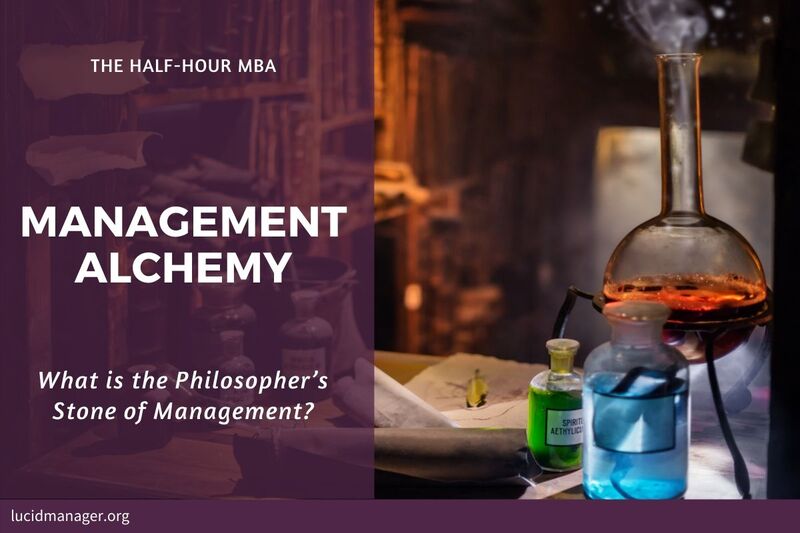
The Consultant Shaman: Contemporary Rituals in Business

Peter Prevos |
652 words | 4 minutes
Share this content
Imagine you are an anthropologist, posted in a remote village in Papua New Guinea to study how people solve problems. The recent tornado has reduced the village’s yam crops dramatically, and the people are on the brink of famine. Nobody knows what has caused the crop failures—the yams refuse to grow. One village elder says he has heard about a powerful shaman from a remote village in the mountains and wants to hire her to make sure they will not go hungry.
The shaman arrives, and everybody rejoices. She walks around the village, making strange noises, sniffing everything and dancing mysteriously. She announces to have found the cause and organises a long ritual that will remove the evil that creates crop failures. All the villagers gather and sing and dance all night. Everybody feels great. The next day they go back to working the fields, knowing that the cause for the crop failures has been neutralised. The following crop is plentiful, and the famine that was nearly upon them has been magically averted. Some years later you return to the village to revisit them. Most houses are gone, and people have moved away—recent crops failed, and everybody went to the city to look for work. The Consultant Shaman
Consultant Shaman
Now imagine you are a management scientist, posted in a random corporation to study how they solve problems. The company’s revenue stream has been reduced dramatically, and they are on the brink of insolvency. Nobody knows what caused the reduction in revenue, and customers seem to ignore their products. One of the executives says that she has heard about a management consultant from England and proposes to engage him in making sure they avoid insolvency.
The consultant arrives, and everybody is very confident. He goes to the organisation, asking questions and studies piles of documents. He announces to have found the cause of the reduced revenue and organises motivational sessions that will make things better. All employees gather, and they share many great ideas with each other. Everybody feels elated, and the next day they go back to work, knowing that the cause for potential financial disaster has been neutralised. Pretty soon, cash flow is positive again, and even a small profit is made. Some years later you return to the same building only to find a great “For Rent” sign on the door. The company recently went bankrupt after all.
These stories are based on what happens in tribal societies and corporations around the world. Only the names have been changed to protect the innocent.1
These stories are not a judgement about either shamans or management consultants. They both perform essential functions within their social universes.
Anthropology and Business
Medical anthropologists distinguish between sickness and disease. A disease is the physical aspect of a problem whereas illness is a psychological dimension.
Both consultants and shamans are good at healing sickness but are in most cases not able to heal disease. Just like scientific medicine is required to cure disease, a scientific approach is needed to improve companies.
Many managers believe that organising motivational team building sessions are sufficient to solve managerial problems. Employees are on the receiving end of an avalanche of management fads and short-lived initiatives. A positive consequence of these types of sessions is that they can build strong personal relationships, which are essential for running an excellent organisation.
At the Lucid Manager, we believe in a rational approach, based on data, to solving the hard issues. Good quality data and statistical analysis, combined with strong human relationships are the only way to find solutions to hard problems. Having said this, acknowledging that human beings are not entirely rational, is paradoxically a sensible idea. A Lucid Manager can embrace ambiguity and accept the limitations of reason.
Schuyt, T.N.M., and J.J.M. Schuijt. Rituals and Rules: About Magic in Consultancy. Journal of Organizational Change Management 11, no. 5 (1998): 399–406.
Share this content


